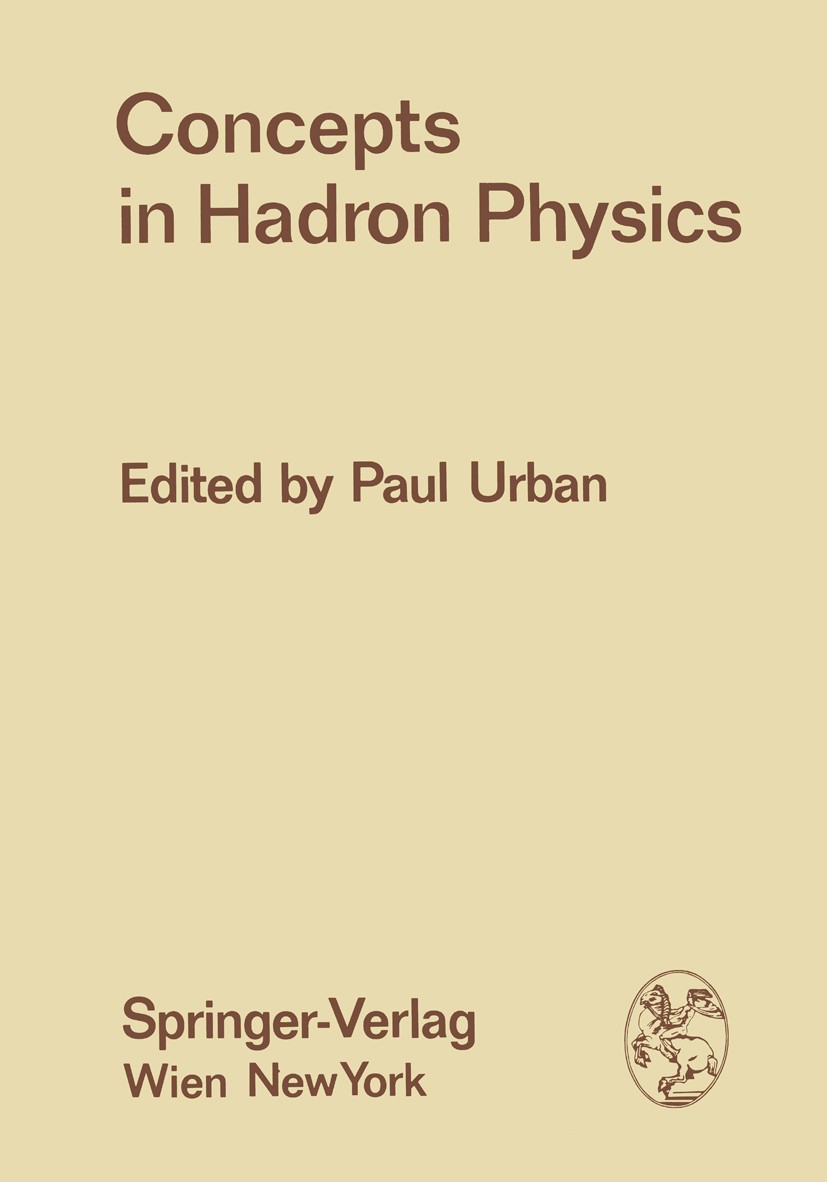| 書目名稱 | Concepts in Hadron Physics | | 副標(biāo)題 | Proceedings of the X | | 編輯 | Paul Urban (Vorstand des Institutes für Theoretisc | | 視頻video | http://file.papertrans.cn/235/234923/234923.mp4 | | 叢書名稱 | Few-Body Systems | | 圖書封面 |  | | 描述 | Soluble quantum field theory models are a rare commodity. An infinite number of degrees of freedom and noncompact invariance groups have a nasty habit of ex- ploding in the model-makers‘ face. Nevertheless, impor- tant progress has recently been made in the class of superrenormalizable relativistic theories, such as a self-interacting boson in a two-dimensional space time [ 1]. These results have been obtained starting with the free field and adding the interaction in a carefully controlled way. Yet, the models successfully studied in this way do DQ~ have an infinite field strength renormalization, which, at least according to perturbation theory, should appear for realistic relativistic models in four-dimensional space time. ~2~!Y~~!9n_~g_~h~_~gg~1 The ultralocal scalar field theories discussed in these lecture notes are likewise motivated by relativistic theories but are based on a different approximatiGn. This approximation formally amounts to dropping the spatial gradient term from the Hamiltonian rather than the non- linear interaction. For a self-interacting boson field in a space-time of (s+l) dimensions (s~l), the classical ultralocal model Hamiltonian reads (1-1) The quant | | 出版日期 | Conference proceedings 1971 | | 關(guān)鍵詞 | Elementarteilchen; Universit?tswochen für Kernphysik; elementary particle; hadron; nuclear physics; Engin | | 版次 | 1 | | doi | https://doi.org/10.1007/978-3-7091-8284-0 | | isbn_softcover | 978-3-7091-8286-4 | | isbn_ebook | 978-3-7091-8284-0 | | copyright | Springer-Verlag / Wien 1971 |
The information of publication is updating

|
|
 |Archiver|手機(jī)版|小黑屋|
派博傳思國際
( 京公網(wǎng)安備110108008328)
GMT+8, 2025-10-12 16:46
|Archiver|手機(jī)版|小黑屋|
派博傳思國際
( 京公網(wǎng)安備110108008328)
GMT+8, 2025-10-12 16:46


